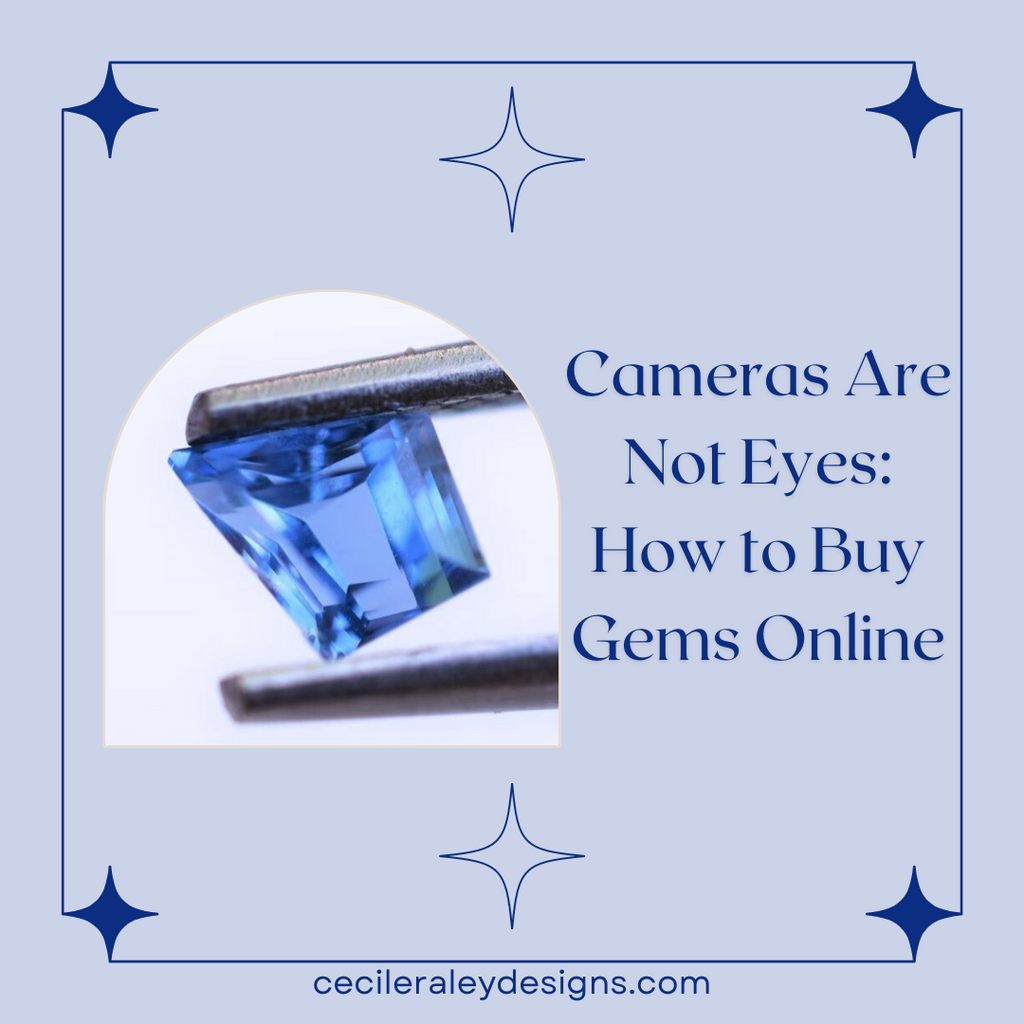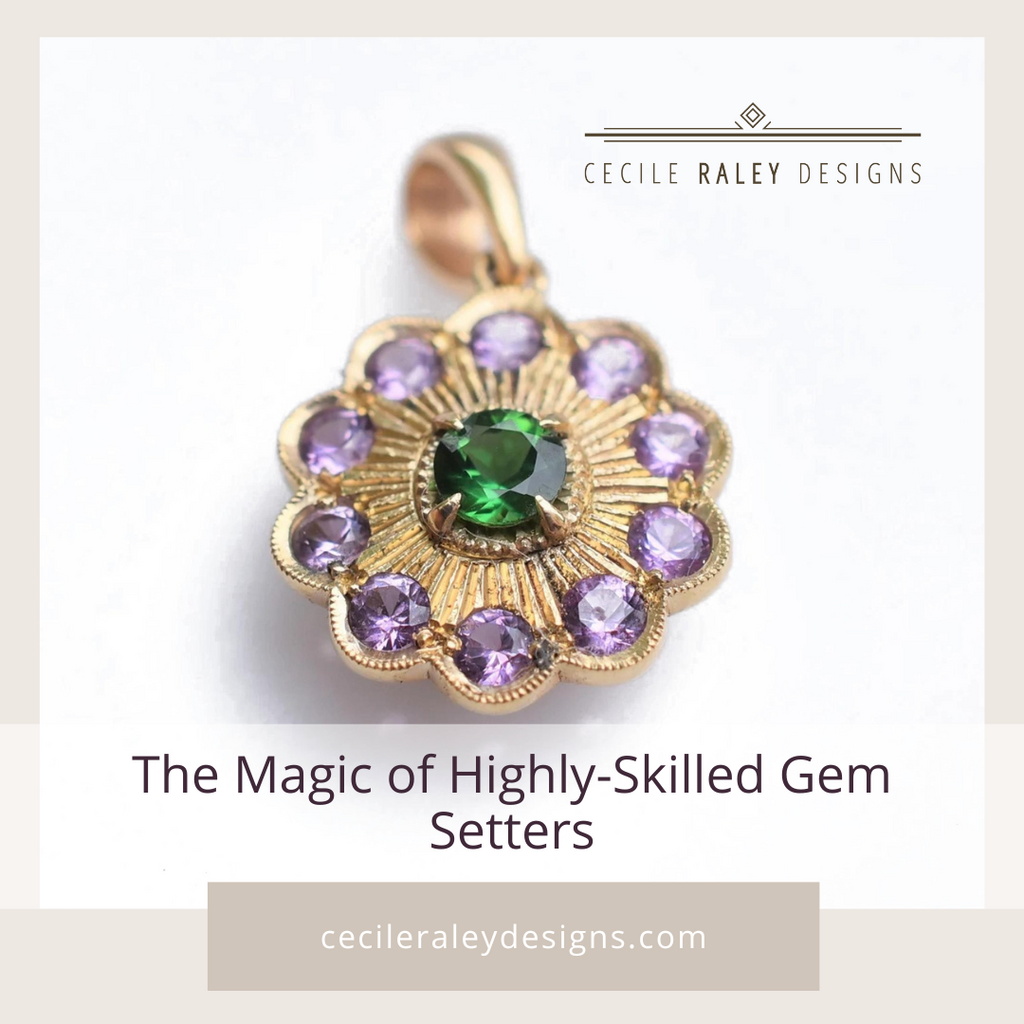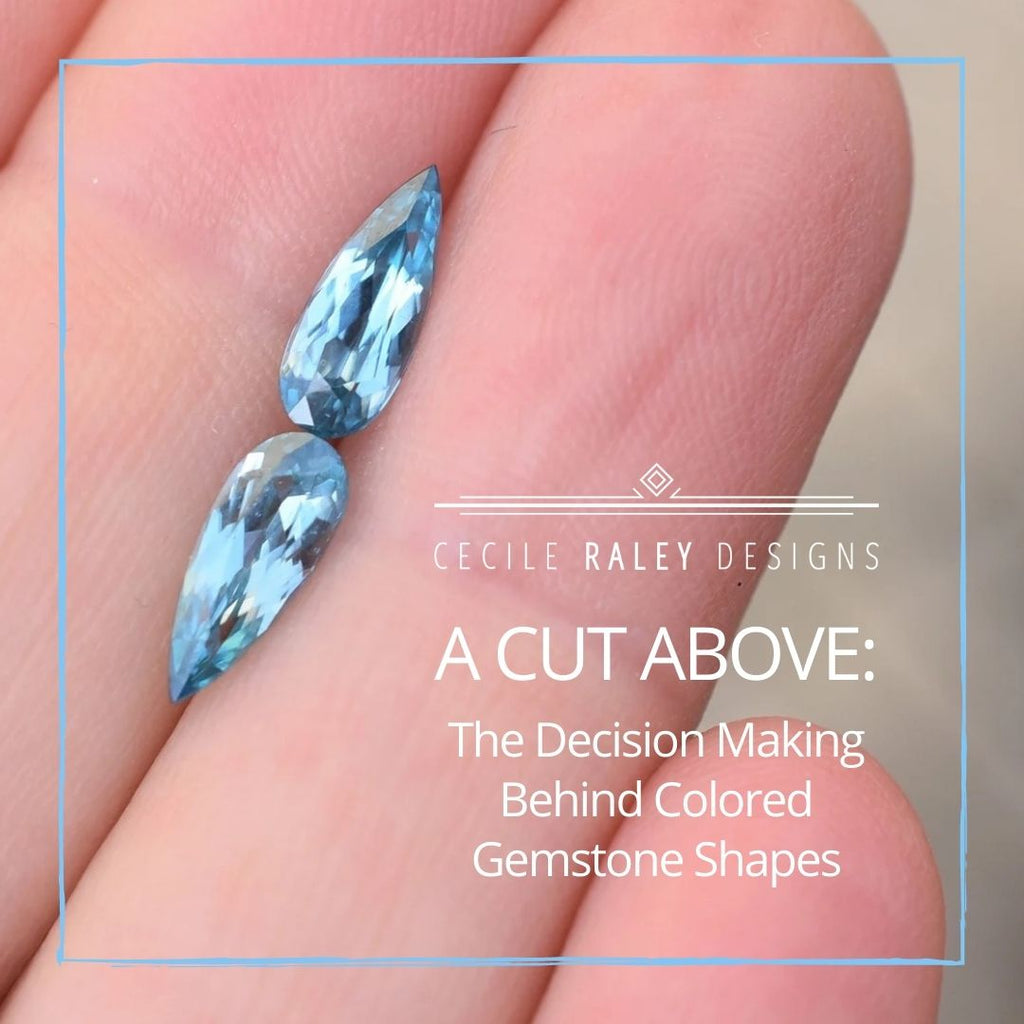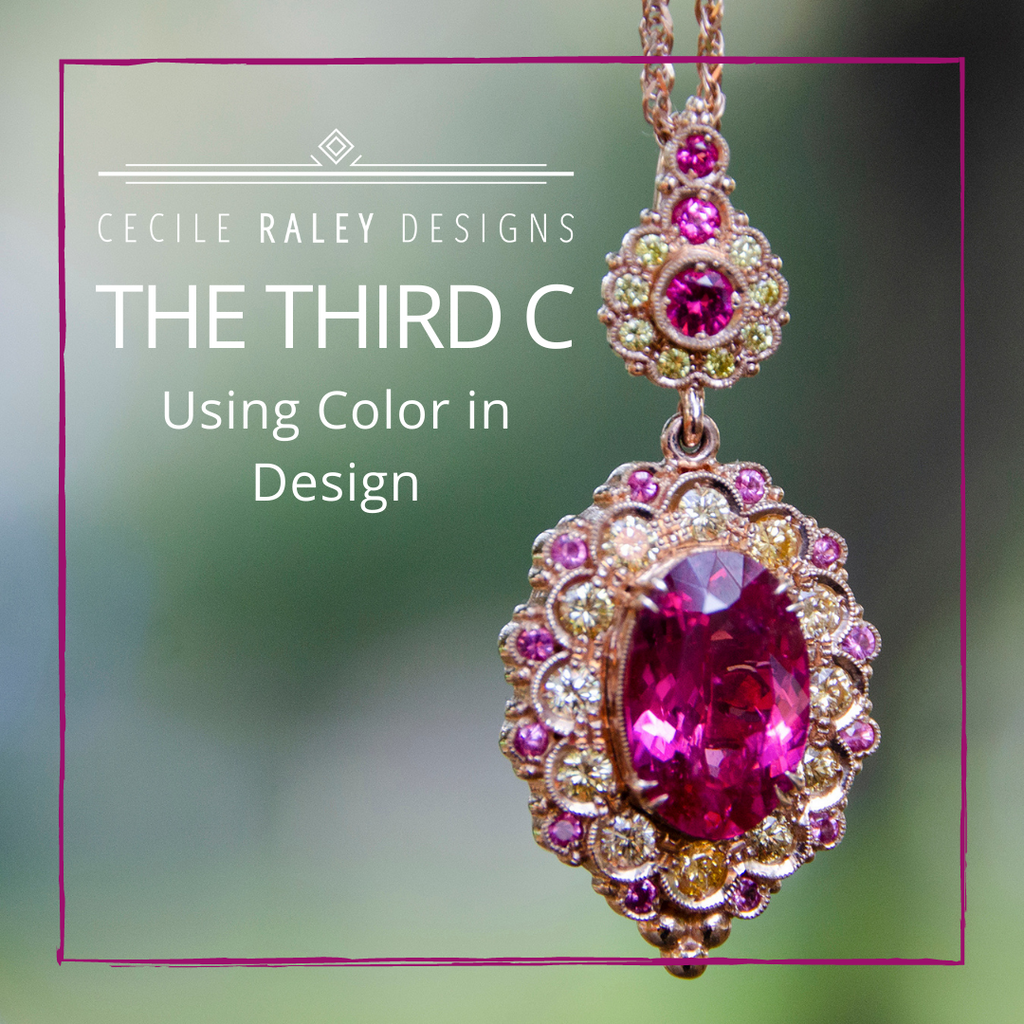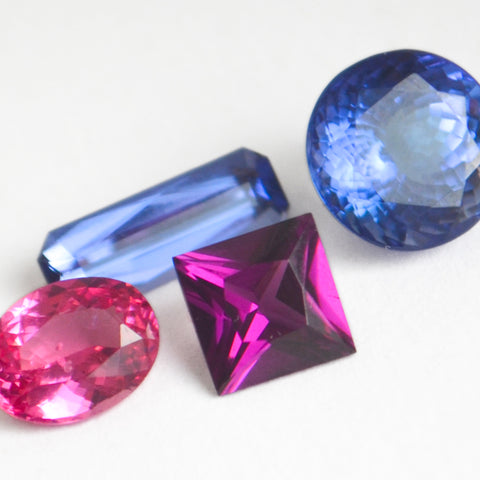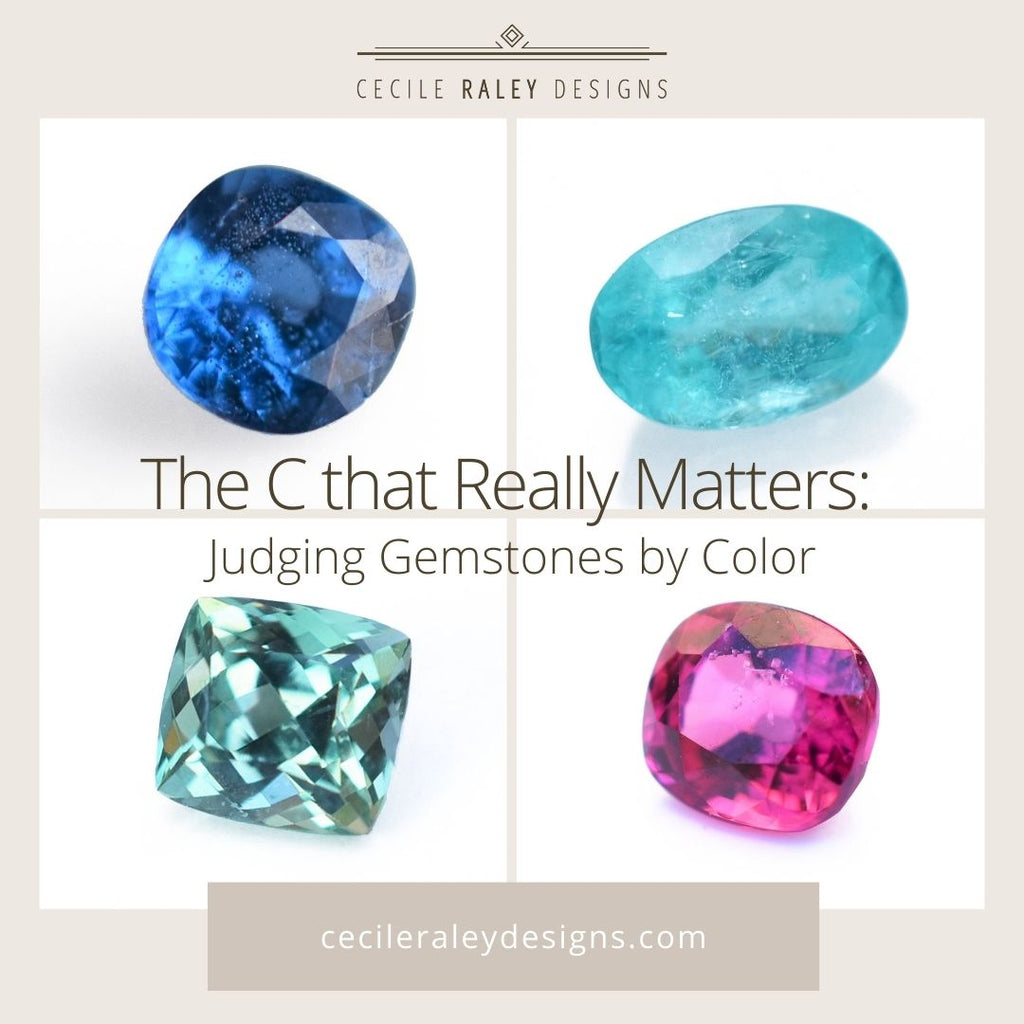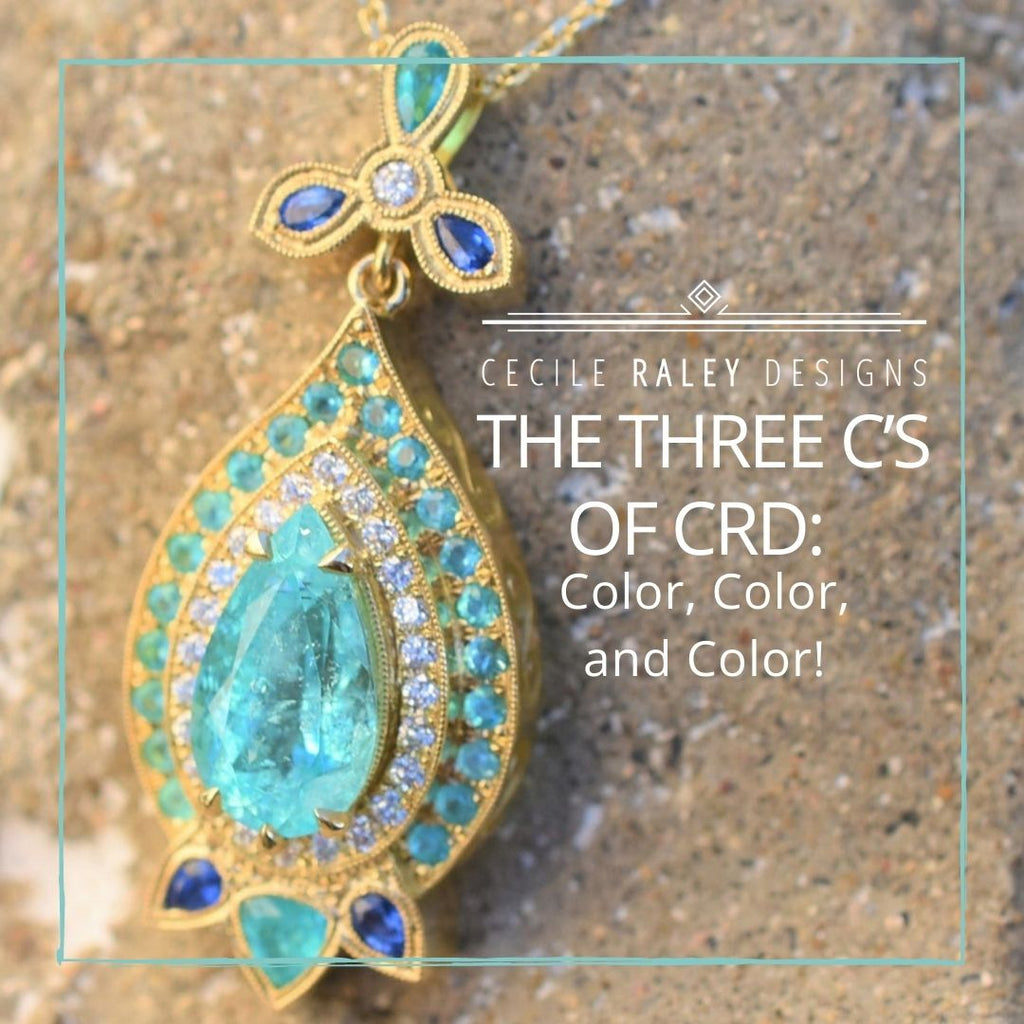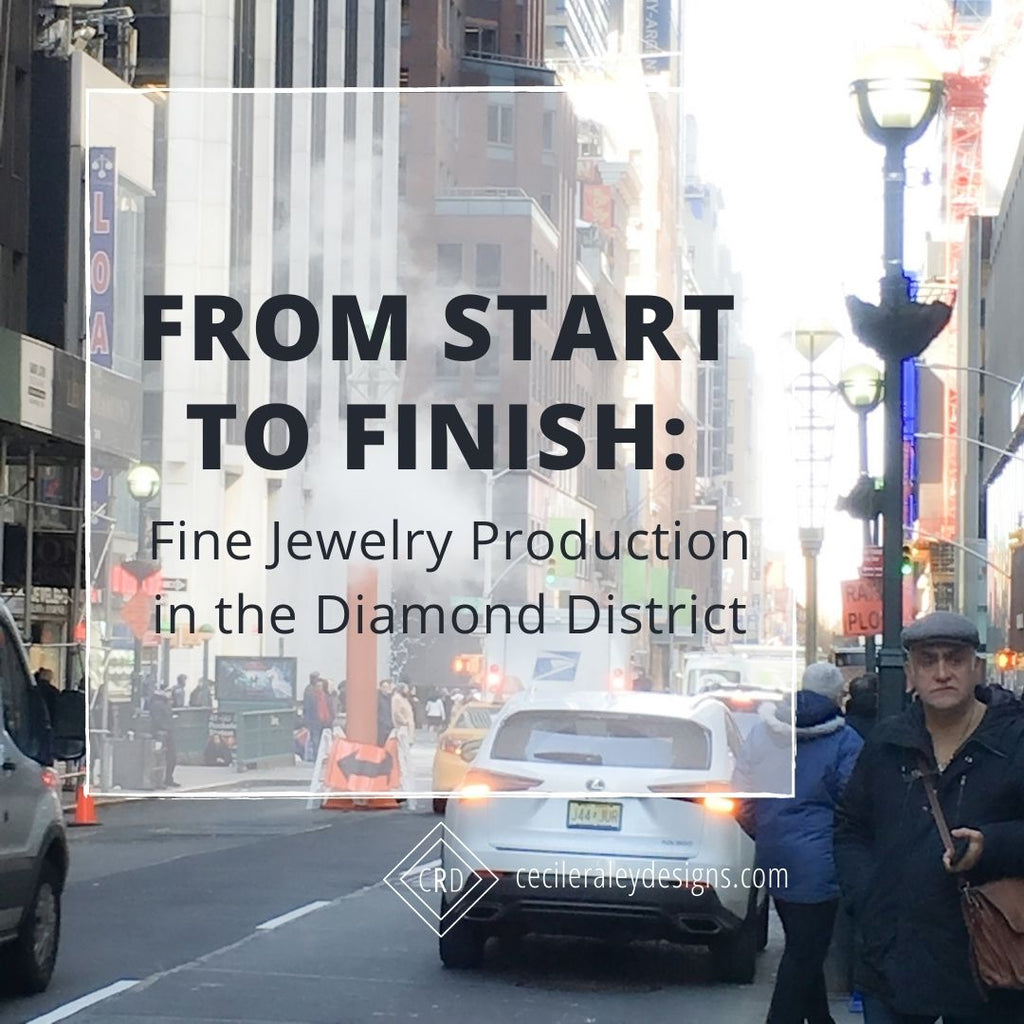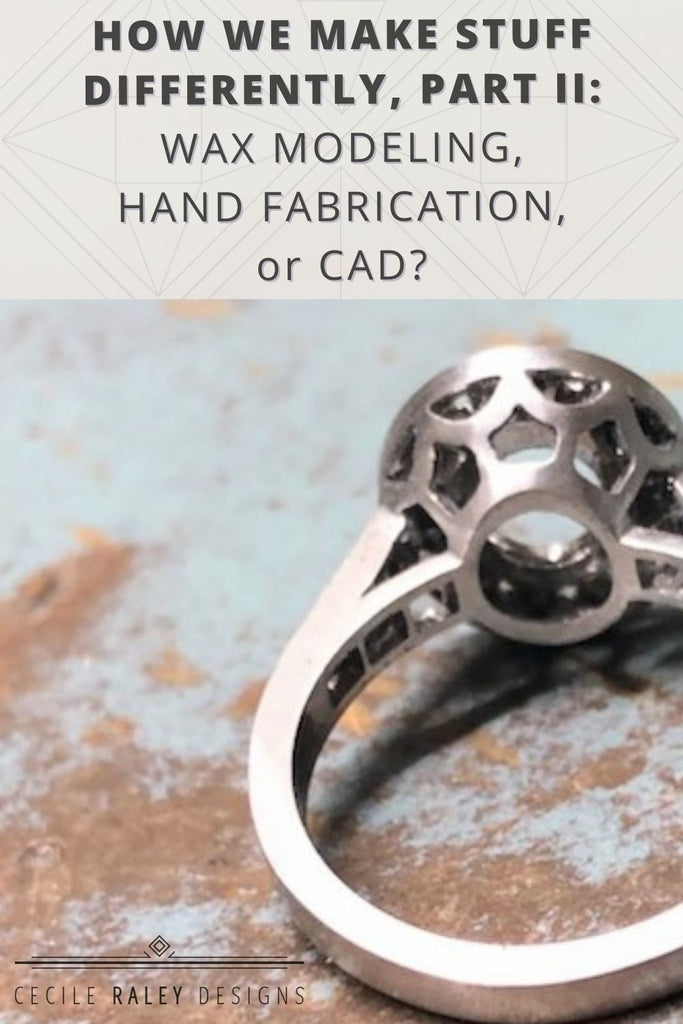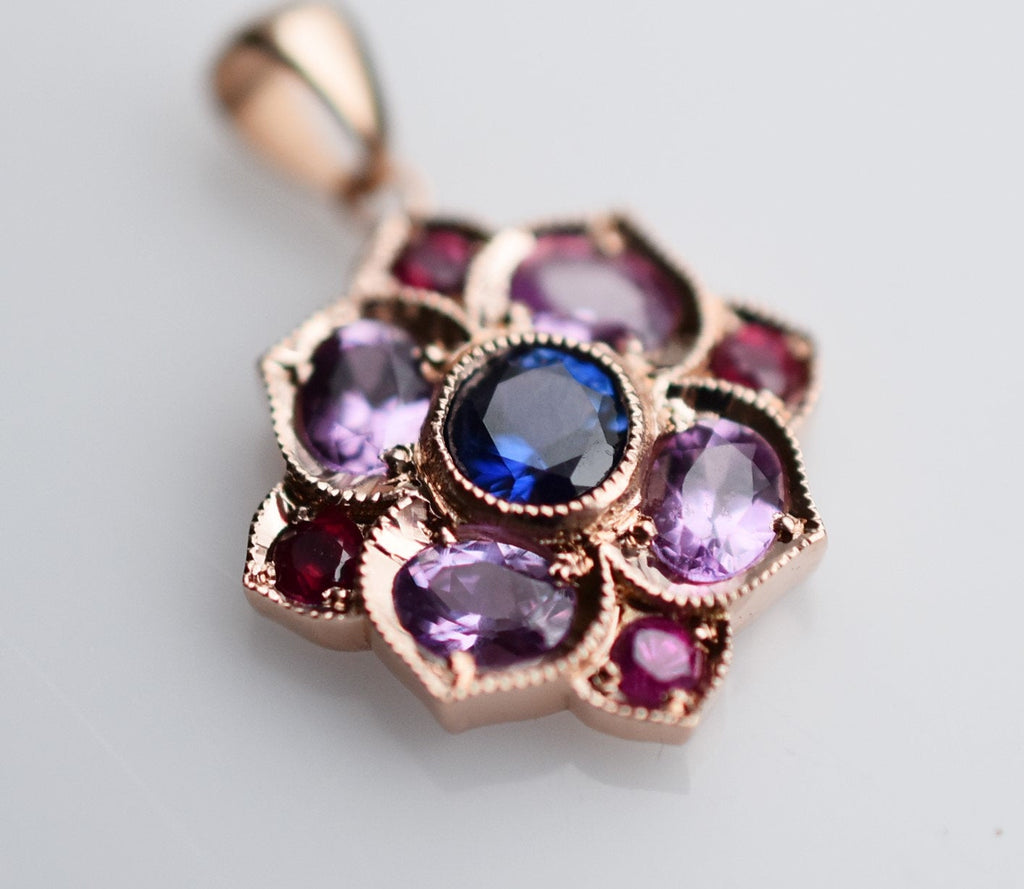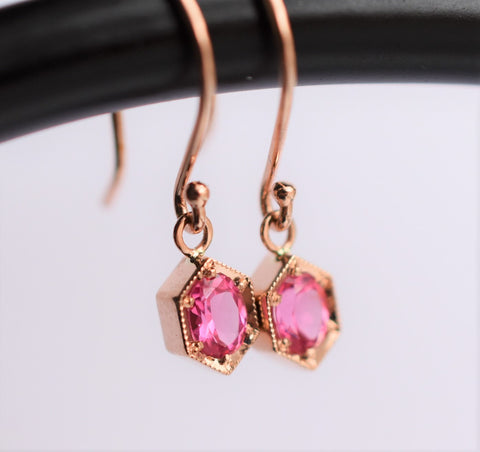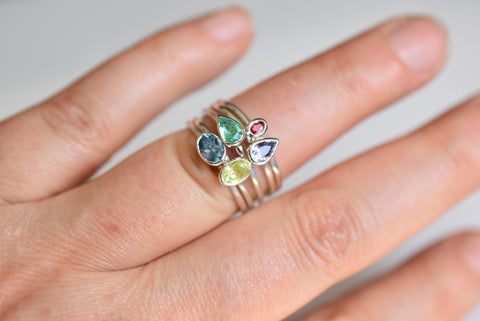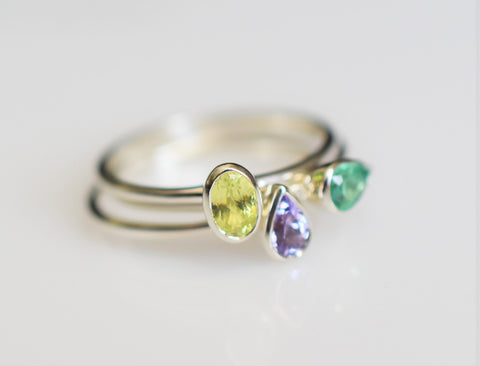Cameras are not Eyes: How to Buy Gems Online
As a fully online seller, you can imagine how often I am asked for more photos and videos of my gems, not even including layouts for custom orders. And given that I try to have 5-7 listings up a week even when it’s slow, that means an awful lot of photography.
And, dare I say it, probably 90% of the extra photos I take for clients are superfluous. They simply do not convey sufficient additional information! In fact, they often tell you less, not more, and they can be misleading. Let’s look at why.
Cameras are evil little liars, and they need a lot of prodding to tell you what something really looks like. Each camera has its own way of telling lies, and in order to reverse engineer the facts about what a gem actually looks like, you first need to know about the camera and the light, not about the gem.
For instance, for video I use my Samsung S22 phone, usually on the macro lens. I photograph in the daytime, outdoors only, on a white plastic board. A lightly overcast day is best, though sunshine is good too as long as I stay in the shade (and the shade cannot be artificially created by my blue umbrella or a tree that lets in light as both will add their own color to the gem). Just like a Sri Lankan seller, I prefer the later afternoon for photos, though morning works also. In summer, midday light is too strong and too cool. I want slightly warm outdoor light, very lightly filtered, even if I just use my own body to get away from the sun. No shots should ever be taken in direct sunlight as that will make the colors way too bright in the photo (yes, brighter than the gem actually is).
We were very pleased with the video for this sapphire pair (here on Etsy):

The video for this ring also came out very well (here on Etsy)

And, last but not least, my longitude is 40 and that’s important when my photos are interpreted. Both the longitude, season and time of day will change the color temperature, and that can especially affect the photos of green gems, which is the hardest color to photograph in my view. As a vendor from Tucson once remarked: I know why you New Yorkers like Vietnamese lavender spinel, it looks amazing in your light. When we take photos in Bangkok the gems don’t look nearly as good (by the way, sapphires often look super great in Madagascar and dark and sooty in NJ).
I have a friend who sells gems out of Albuquerque, NM. She uses an iPhone and her longitude is 35. Her videos are often more saturated than mine but because her iPhone is older, the colors in the video are less enhanced. When we compared shots we both took in Tucson of the same gem (in the same place), we didn’t get the same colors.
When you take photos of gems indoors, things get worse, not better. I get asked to take them often, usually under the umbrella of ‘different lighting conditions’ – I assume that means different artificial lights as the natural light ones are in the listing.

Have you ever taken indoor photos of gems and got an accurate result? If you haven’t, let’s try together now.
Get a hold of a gem you want to photograph, take out your phone and turn on the camera. Pick an indoor light (led, fluorescent, daylight bulb, whichever) and hold the gem under it. Hold the gem between the fingers of your non-dominant hand, using the back of your hand and two fingers as a ‘tray’. Now hold the camera over it and take a good look (no need to take a photo). Then look at the gem without the camera. Try this with as many different light sources as you like. What do you see? Is it the same with your eye vs the camera?
I am 95% certain that in most cases you will not see what your eye sees – and in many cases, the difference is actually drastic. The colors take on different hues. And therein lies the problem. Your camera adjusts itself so it can take a photo under those conditions, and even a top of the line camera will do that, unless it has a fully manual mode (in which case it is still hard to get an accurate photo).

Of course, we do use editing software to remedy this, and we do our best to make the gem look like itself. Like most gem dealers we have taken and edited tens of thousands of photos. For a quick editing trick on color I use the color of my hands in the hand shot to edit, or just the background. I take and edit about 200-300 photos each week, and I prefer to take fewer rather than more, especially if they are unnecessary or misleading. A professional photographer will not edit this many photos for publication.
Finally, what about using a lightbox? There are some very expensive (1K) lightboxes out there that are phenomenal. Even with greens they do a reasonably good job. But they do not beat outdoor photography in the right lighting conditions. If you try to photograph emeralds, which, for reasons I do not understand, are the most difficult gemstones to photograph accurately, you will see how good the light box really is.
Takeaway: I realize that when you buy gems online, you have no choice but to go by photos. But don’t ask for indoor shots unless you want to see a specific color change. In that case you want to see an incandescent light photo and an outdoor photo. When I do them, I provide all three, indoor color change between two indoor lights, and outdoor. But I don’t think that the indoor photos will be the same as what the person sees when they open the box containing their gems.

This color change garnet is on Etsy here.
What to ask for instead are outdoor shots, hand shots and against a white background. Shade. And you want to know where the photos are taken because you need to subtract intensity and add in grey or vice versa. You do want to see a video in addition to the photo, preferably on a hand so you can check for window while the gem moves. You want one photo from the side and one from the back. Lightboxes would be a possible alternative if it is a good one. It needs to be exceptionally bright, and the light temperature has to be exact.
Continue reading
